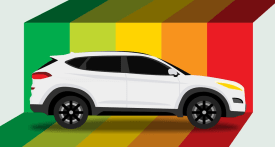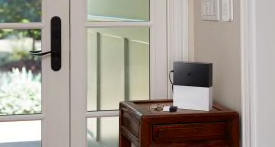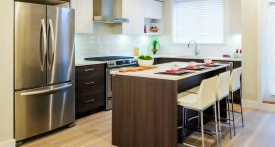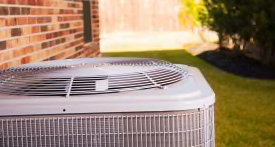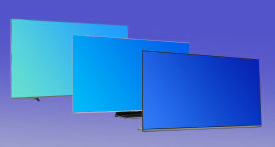Preview: 2025 Volkswagen ID.7 Electric Sedan Touts Upscale Features
This well-equipped, versatile EV seems ready to battle the Tesla Model 3 and Hyundai Ioniq 6
The Volkswagen ID.7 midsized electric sedan made its worldwide debut today, revealing the next model to use the company’s modular electric drive (MEB) platform. The ID.4 SUV was the first to use that EV platform in the U.S., and it will soon underpin the retro-flavored ID.Buzz minivan.
CR's Take
The ID.7 represents the continued replacement of conventional gas-powered cars with electric models. Doing away with both an engine up front and a large gas tank in the rear brings packaging benefits that should improve the interior and cargo space.
Beyond that, there are several upscale features more often associated with pricy luxury cars, such as adaptive suspension, massaging seats, and electronically tinting sunroof.
It’s a shame that buyers are moving away from sedans and are now focused on SUVs, because this sounds like quite an appealing model.
Range and reliability have been shortcomings on the ID.4. The range is probably better with the ID.7, given its sleeker profile and larger battery. Volkswagen also says it has increased the efficiency of the motor and electronics that drive it. As for reliability, Volkswagen has time to smooth out issues with its platform and drivetrain before this sedan goes on sale in the U.S. Given that the hardware will be used on many models going forward, the German automaker certainly has built-in motivation to get it right.
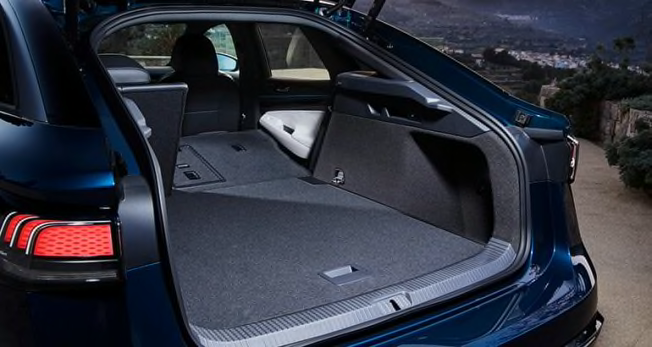
Photo: Volkswagen Photo: Volkswagen
Outside
At 195.3 inches bumper to bumper, the ID.7 is about the same length as the Passat sedan, which was retired after the 2022 model year. But it rides on a longer 116.8-inch wheelbase, about 7 inches longer thanks to the packaging conveniences of an electric vehicle. VW logically claims that moving the wheels to the ends of the car should enhance interior space. That should make it quite roomy.
The ID.7 translates the styling language seen on the ID.4 and applies it tastefully to a sedan profile, complete with the simple, smooth front fascia to the delicate creases that move down the side like a gentle wave. VW cites a low drag coefficient of just 0.23, a number that even wedgelike sports cars often can’t meet. This should aid both efficiency for range and help with wind noise. For reference, the similarly sized and equally aerodynamically focused Hyundai Ioniq 6 cites a drag coefficient of 0.22.
The standard panoramic sunroof has electronically dimmable glass to allow the top to change from transparent to opaque.
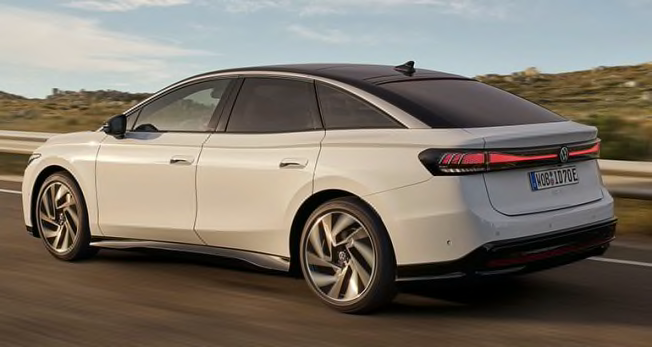
Photo: Volkswagen Photo: Volkswagen
Inside
The minimalist cabin design draws the eyes immediately to the large 15-inch infotainment display in the center of the dash (shown below), protruding there like a wall-mounted television.
Most control functions are conducted through that touchscreen, with the commonly used climate controls positioned across the bottom. The home screen can be configured to allow quicker access to apps and functions. We experienced major usability issues with the system in the ID.4. VW says more of the frequently used controls have been moved to surface level for quicker access.
A few other problems from the ID.4 seem to have been carried over, including the lack of traditional rear window switches and the touch capacitive volume and temperature sliders under the screen. At least VW says the latter are now backlit at night.
The audio system can be upgraded with a 700-watt, 14-speaker Harman Kardon stereo.
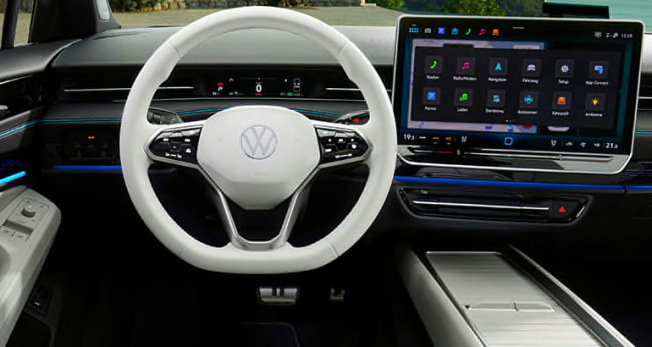
Photo: Volkswagen Photo: Volkswagen
There’s a small digital instrument cluster for essential data, like speed. But the highlight here is a standard augmented reality head-up display to aid drivers in managing the abundance of information that’s available. It projects speed, navigational directions, and other data through the windshield, helping the driver to keep their eyes on the road.
Contributing to the clean appearance are “smart” air vents that stealthily distribute hot or cold air on demand, rather than just blow forcefully through a circular outlet like a hair dryer. The intent is that the passengers feel comfort instead of prevailing winds. This is activated before the driver enters the car, giving the ID.7 a head start on conditioning the cabin.
The horizontal vent outlets are underscored by ambient lighting.
Upgraded front seats provide a massaging function using 10 air cushions to provide support and pressure, a feature rarely seen on a nonluxury nameplate vehicle. Depending on the trim, there can be up to 14-way adjustments. Available contrasting piping around the seat edges adds a further upscale touch.
What Drives It
The ID.7 is the first MEB platform vehicle to use this new electric drivetrain, with a 282-horsepower electric motor paired with a two-stage, one-speed transmission. VW says this is the highest-torque electric drive motor in an ID vehicle thus far.
A lithium-ion battery is packaged in the floor with a 77-kWh capacity and a 170-kW charging capability. (This is a larger battery than the 62 kWh one that comes with the Standard ID.4.) A larger 86-kWh version will be offered later, at least in Europe. Range estimates so far are based on the European measurement cycle and are not directly comparable to range as cited in the U.S.
The chassis uses an adaptive suspension to respond to driving conditions in real time. The driver can tailor the performance by selecting among Eco, Comfort, and Sport models.
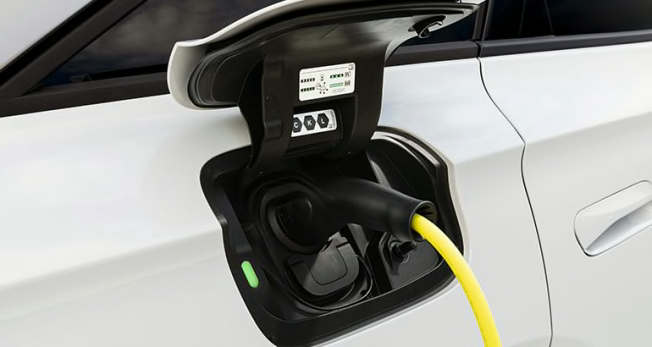
Photo: Volkswagen Photo: Volkswagen
Active Safety and Driver Assistance
Volkswagen hasn’t released the details on the standard suite of safety systems, but the automaker did say its Travel Assist feature in Europe can manage speed and lane control, including changing lanes, at highway speeds.
In addition, there’s active and remote parking assistance that enables the car to park itself, in both parallel and perpendicular spots, with the driver in the car or monitoring from outside via a phone app. Common parking maneuvers can be stored, such as pulling into your home garage. When the car is in the same position again, it can offer to park itself.
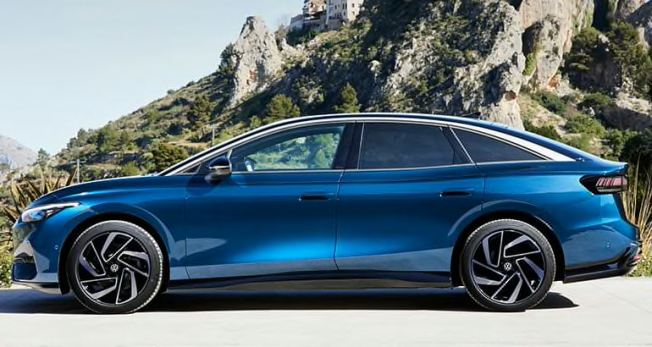
Photo: Volkswagen Photo: Volkswagen

